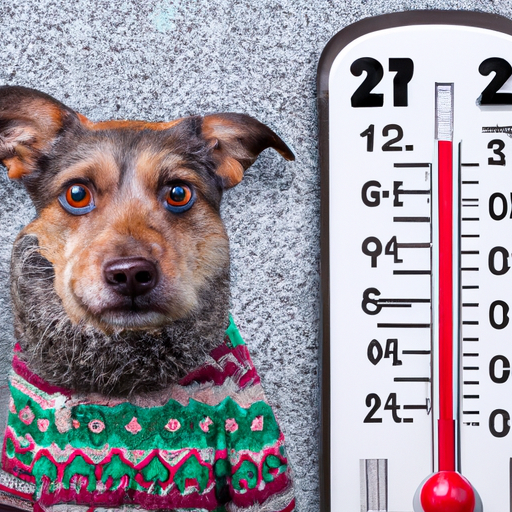Understanding Your Dog’s Cold Tolerance
You might think your furry friend is impervious to the cold due to their thick coat. However, this is far from the truth. While dogs are naturally more resilient to cold weather than humans, they too have their limits. Different breeds have different tolerances. For example, small breeds and those with short coats struggle more in the cold than larger breeds with thick fur.
Recognizing Signs of Hypothermia in Dogs
Your dog can’t tell you when it’s too cold. So, it’s up to you to watch out for signs of hypothermia. These include:
- Shivering
- Lethargy
- Weakness
- Difficulty moving
- Shallow, slow breathing
If your dog exhibits any of these symptoms, it’s important to get them into a warm environment as soon as possible.
How to Keep Your Dog Warm
Keeping your dog warm in cold weather requires a mix of common sense and proactive measures. Here are a few tips:
-
Limit outdoor time: Don’t let your dog stay outside for long periods. Short, supervised play sessions are better.
-
Bundle them up: Invest in a doggy sweater or jacket, especially for small, short-haired breeds.
-
Provide a warm bed: Make sure your dog has a warm spot to sleep, away from drafts.
Cold Weather and Your Dog’s Health
There’s more to worry about with cold weather than just the temperature. You should also be mindful of:
-
Ice: Dogs can slip and slide on ice just like humans. They can also cut their paws on sharp, frozen surfaces.
-
Salt and de-icers: These can be toxic if ingested and can also cause irritation to their paws.
-
Antifreeze: This is highly toxic and can be deadly if ingested. It has a sweet taste that can be enticing to dogs.
| Potential Dangers | Prevention |
|---|---|
| Ice | Dog boots or paw wax |
| Salt and de-icers | Wash paws after walks |
| Antifreeze | Keep out of reach and clean up spills immediately |
Frequently Asked Questions (FAQ)
Q: At what temperature is it too cold for dogs?
A: It can depend on the breed, size, and age of the dog, but generally, temperatures below 45°F can start to become uncomfortable for some dogs.
Q: Can dogs sleep outside in the cold?
A: It’s not recommended. Even with a dog house, it can still become too cold and put your dog at risk of hypothermia.
Q: Can I walk my dog in the snow?
A: Yes, but take precautions like using dog boots or paw wax to protect their feet. Also, keep walks short and watch for signs of discomfort or distress.
Remember, as a caregiver, you are your dog’s first line of defense against the cold. Stay vigilant and proactive to ensure they stay warm and safe during the chilly winter months.



